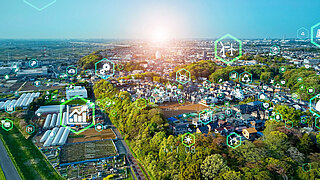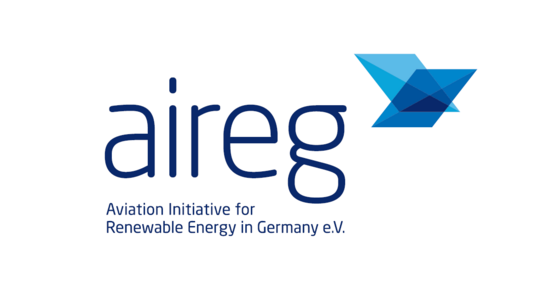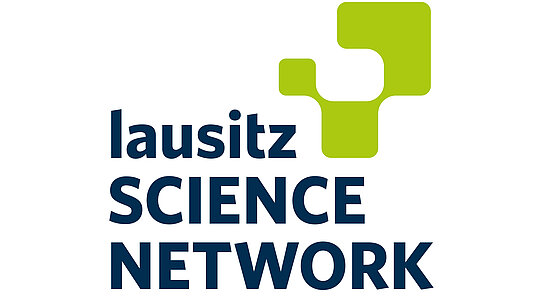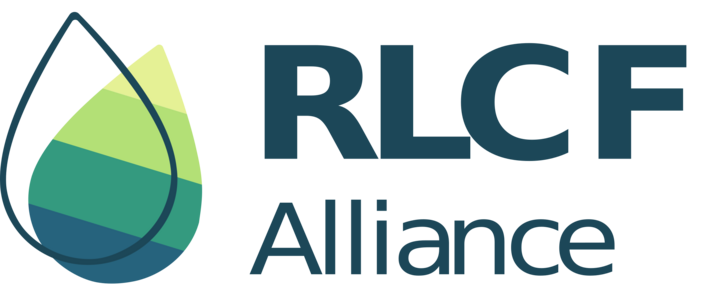Power-to-X for the transport and chemical transition
Germany wants to become climate-neutral by 2045 – to achieve this, it is crucial that all sectors of the economy are transformed. This is where Power-to-X (PtX) comes in: PtX technology uses electricity (‘power’) from renewable energies to produce green hydrogen and, from this, sustainable fuels and raw materials (‘X’). These are crucial for sectors such as the chemical industry or aviation and shipping. The PtX Lab Lausitz is developing the foundations for the market ramp-up of sustainable PtX products and advises industry, politics and science.
Events
-
Saturday 27 December 2025
Rückkehrertag: PtX Lab Lausitz at 'Markt der 1.000 Jobs' in Cottbus
The PtX Lab Lausitz is attending the Rückkehrertag in Cottbus for the second time and is looking to strengthen its dynamic team at the "Markt der…
Altmarkt Cottbus
- -
Thursday 22 January 2026
PtX Lab Talk #16: Zukunft gestalten – Die vier Fachgebiete des PtX Lab Lausitz stellen sich vor
Das Leitungsteam des PtX Lab Lausitz stellt sich vor und rückt die strategische Ausrichtung für Forschung, Analyse und Transfer ab 2026 in den…
Zoom
- -
Wednesday 25 March 2026
Workshop “The Economics of Sustainable Aviation Fuels (SAFs)“
In cooperation with the German Aviation Research Society (GARS) and airliners.de, the PtX Lab Lausitz is pleased to announce the organisation of the…
-Cottbus
Newsletter
Would you like to stay up to date with our work, events and projects? Sign up to our mailing list and we will keep you informed by email.
On the way to greenhouse gas neutral mobility
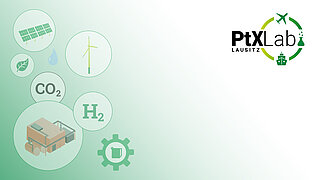
In Germany, we are aiming to become greenhouse gas neutral by 2045. This is an ambitious goal for climate protection and the environment. This requires far-reaching change in all areas, particularly in industry and the transport sector.
The PtX Lab Lausitz is located in Cottbus and a central player on the path to reduce greenhouse gas emissions. A central approach is the development of synthetic fuels for air and sea transport, based on renewable energies and green hydrogen.







